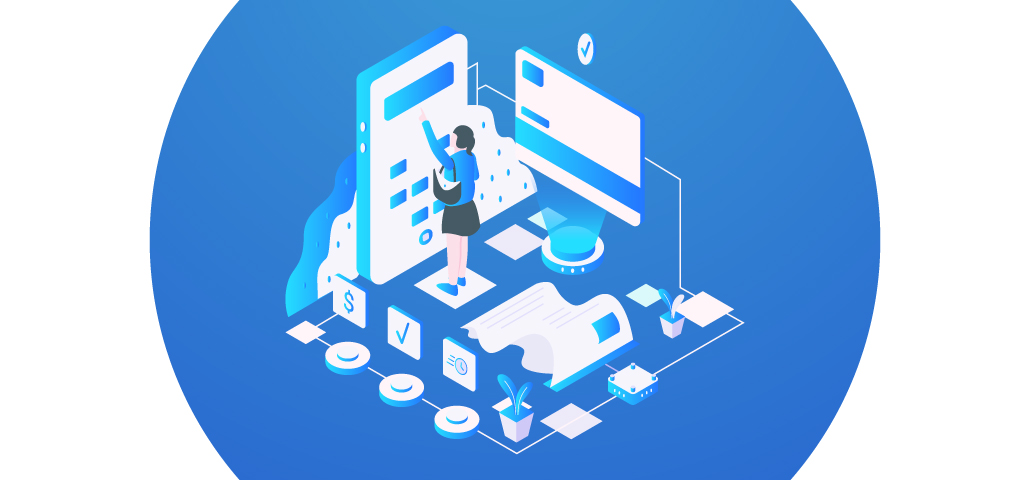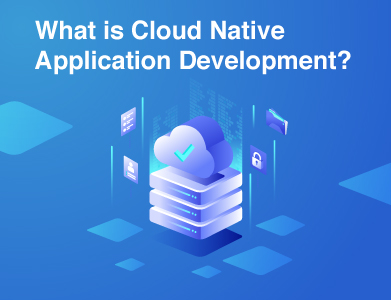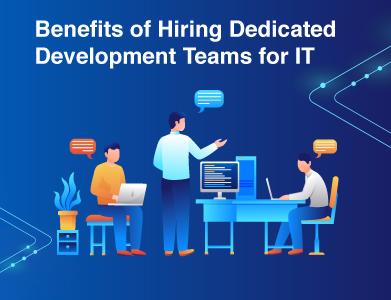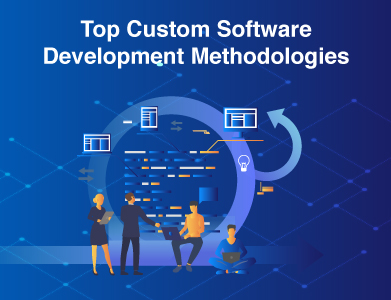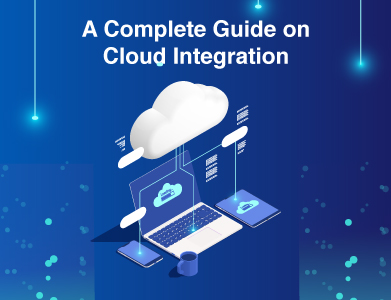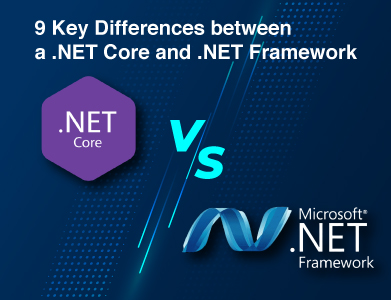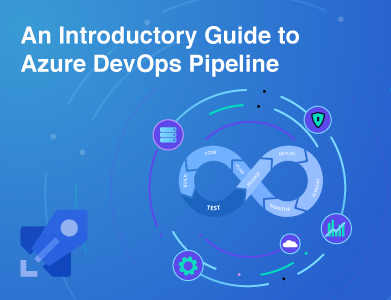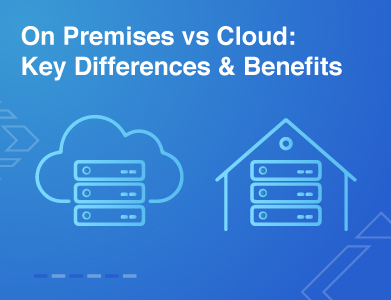Expertise
Mobile payment systems have revolutionized the way people and businesses are doing transactions; making it fast, secure, and cashless to send and receive money. As the technology has gained popularity, key players like PayPal, Venmo, Zelle, and Cash App now conquer the space, with a projected North American mobile wallet payment systems market of $80 billion by 2026.
Challenges for businesses in the integration or development of mobile payment solutions include fraud prevention, security, and compliance. This guide explores mobile pay solutions, mobile payment types, benefits, security concerns, and trends to help you navigate the evolving digital payment landscape.
What Are Mobile Payments?
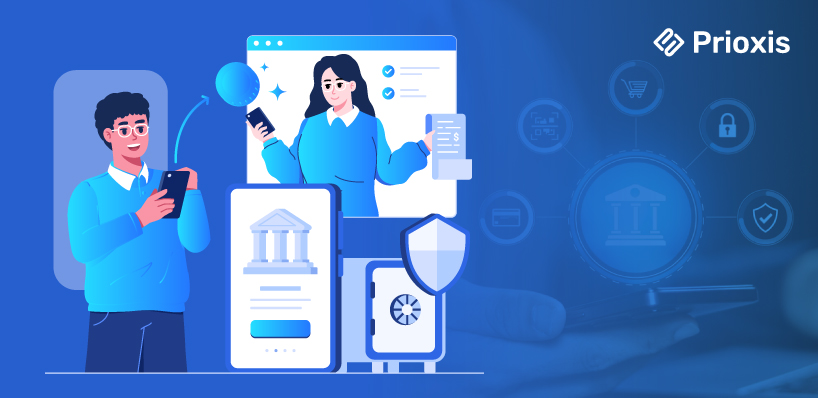
So, what is a mobile payment? Mobile payments are the use of smartphones to make transactions without cash or cards. Businesses can accept payments from their customers through mobile POS, payment apps, or with an NFC-enabled device.
Customers can pay using mobile wallets like Google Pay and Apple Pay or EMV chip cards for secure, contactless transactions. Mobile payments offer speed, convenience, and security. This makes them a preferred choice for both online as well as offline purchases.
Mobile Payment System Architecture
A mobile payment system has the following key parts:
- Mobile App: The customer-facing application from which customers make payments. Mobile apps are usually written using cross-platform frameworks.
- Back-End System: It is the back-end system responsible for data storage, user authentication, and business logic in most cases. It is coded using technologies like Node.js or Python.
- Payment Gateway: It happens to be a third-party service enabled to execute the transaction, securely allowing data to pass through applications, banks, and card networks in the process.
- Acquiring Bank/Payment Processor: They manage the merchant's account, process payments, and communicate with the issuing bank for authorization and fund transfers.
- Issuing Bank/Card Network: The financial institution issuing customers their credit or debit cards verifies transactions and checks their potential for being fraudulent.
- Security Features – Encryption (SSL/TLS), multi-factor authentication, and PCI DSS compliance to protect sensitive data.
- Cloud Infrastructure – Hosts payment system components, ensuring scalability and efficiency with providers like AWS, Azure, or Google Cloud.
This architecture enables fast, secure, and reliable mobile transactions for both consumers and businesses.
Types of Mobile Payments
Mobile payments are mobile services that allow people to make transactions digitally using smartphones, making transactions easier and more secure. The most prominent types of mobile payment service methods are as follows:
1. Mobile Wallets
Payment details are saved on your smartphone using mobile wallet payments. Through the use of near-field communication, QR code scanning, and fingerprint or facial recognition for verification, it facilitates contactless payment and permits in-person, online, and in-store transactions. PayPal, Samsung Pay, Google Pay, and Apple Pay are some well-known wallet payment apps.
2. Payments via NFC
For contactless payments, NFC uses short-range wireless technology. To use an NFC-enabled device, such as a smartphone, smartwatch, or card on a payment terminal, users only need to tap it. NFC payments are safe and quick.
3. Peer-to-peer (P2P) applications for payments
Users can send and receive money instantaneously from their cell phones with P2P payment apps. These applications are frequently used for small transactions, bill sharing, and friend payments. Examples are Cash and Venmo.
4. SMS Payments
SMS payments let users make transactions via text messages. Customers register with mobile payment services providers, link a bank account or card, and confirm payments through SMS. These are commonly used for donations, bill payments, and digital purchases, with charges sometimes added to mobile phone bills.
5. Mobile Point of Sale (mPOS)
mPOS systems make smartphones and other tablets act like portable registers for businesses. This is ideal for small businesses and vendors that work on the go. They facilitate card payments, mobile wallet payment systems, and inventory management. Some of the examples include Square, PayPal Zettle, and SumUp.
How Do Mobile Payment Apps Work?
Mobile payment apps allow transactions using several streamlined processes depending on whether one is making purchases in-store or online. How do they work?
In-Store Mobile Payments
- Activation: The customer puts their NFC-equipped device near the point-of-sale terminal (about two inches from it).
- Contactless Communication: Using RFID, the devices immediately communicate encrypted information regarding the transaction.
- Authentication: The customer authenticates the transaction through a fingerprint or facial recognition scan or by entering a passcode.
- Authorization: A secure chip that is referred to as Secure Element (SE) authorizes the transaction and communicates with the NFC modem to complete the payment.
In-app and Online Mobile Payments
- Selection: Customers select their preferred mobile payment method such as Apple Pay, or PayPal, on the app or website.
- Authentication: They would be required to input some other verification details such as PIN or biometric information.
- Transaction Process: It would go through standard authorization, clearing, and settlement procedures
Backend Mechanics
When setting up a mobile payment app, users link it to their financial accounts (bank accounts, debit, or credit cards). The verification process often includes test transactions or SMS/email codes to ensure the user is the account owner. Once linked, the app acts as a digital wallet, securely communicating with financial institutions using electronic keys.
Key Steps in the Payment Process
- Authentication: Users confirm their identity through biometrics or PINs before making purchases.
- Communication: The app interacts with the vendor's system using various methods:
- NFC: Tapping the device on a compatible terminal initiates the payment.
- QR Codes: Scanning a QR code triggers the payment process.
- Online Interface: Selecting the app as a payment option for online purchases eliminates the need to enter card details.
- Transaction request: Upon the initial communication, the system of the vendor sends a payment request to the financial institution of the user.
- Approval: The institution of finance checks for available funds and any fraud. Upon approval, it sends confirmation back to the vendor.
- Confirmation: Within seconds, both the user and the vendor receive a confirmation. The system of the vendor updates to reflect the receipt of the payment.
- Settlement: The bank of the vendor and the user settle the transaction, which is usually done within a day or two.
- Bookkeeping: The app provides a digital receipt to follow up on.
Security Requirements
There is adequate security in the entire process. The encryption secures data from being intercepted, and multifactor authentication allows only legitimate users to make transactions. Thus, this architecture, in addition to convenience, makes the system more secure than most payment forms used presently.
Mobile Payment Platform Development Process
Creating a mobile payment platform involves several key steps that ensure a secure, efficient, and user-friendly experience. Below, we outline the essential phases of the development process, emphasizing the importance of understanding user needs and maintaining high standards of quality and support.
1. Customer Discovery Process
Understanding the needs and behaviors of potential users is critical for developing a successful mobile payment platform. The Customer Discovery Process includes:
- Market Research: Deep research to identify target demographics and their payment preferences.
- User Insights: Feedback through surveys, interviews, and focus groups to understand better the motivations and pain points of users.
- Competitor Analysis: Evaluation of existing mobile payment solutions to identify best practices and areas for improvement.
- Trend Exploration: Keeping track of emerging trends in mobile payments to anticipate what users will be demanding and expecting.
- User Personas: Creating detailed profiles that represent different user types to guide feature development and design.
2. Mobile Platform Planning
Once user needs are understood, the planning phase sets a clear direction for the project. This involves:
- Defining the purpose and objectives of the mobile payment platform and setting the measurable targets for success.
- Identification of key features: Features being proposed based on the feedback of users and market analysis improve user experience and make it eliminate pain points.
- Project planning: Developing an elaborate project plan within which timelines are allotted, resources utilized, and milestones set.
- Selection of the technologies for frontend and backend development that will scale up and keep the development maintainable.
- Security and Compliance: Setting up security protocols and ensuring compliance with relevant regulations to protect user data and build trust.
3. Prototyping and Design
Prototyping and design translate ideas into an actual user interface. Key activities include:
- Wireframing: Creating wireframes to outline the layout and functionality of the platform.
- Prototype Development: Building interactive prototypes that can simulate user interaction and demonstrate how the flow in the platform can be.
- User Testing: This is usability testing with possible users to gather a bit of feedback and make iterative improvements to the product.
- Design Refinement: The design is continuously refined based on user input to create an intuitive and engaging user experience.
4. Development of the Mobile Payment Platform
In this phase, the actual development of the mobile payment platform occurs, focusing on:
- Frontend and backend development: creating the platform's core while making sure security and turndown are applied correctly.
- Payment Gateway Integration: incorporating safe payment gateways to guarantee safe transactions, such as PayPal, Stripe, or other suppliers.
- Agile Development Methodologies: Agile development practices are used to be flexible and responsive to changing requirements during the development process.
- Quality Control: Testing protocols are implemented to ensure that all components meet industry standards for security and functionality.
5. Testing and Quality Assurance
Comprehensive testing will ensure the smooth operation of the platform as well as security. This phase comprises:
- Functional Testing: Checking if all features are working according to requirements, such as transaction processing and user authentication.
- Security Testing: Identify vulnerabilities and patch up holes in the system that would expose users' data and financial information.
- User Experience Testing: Assess the usability of the platform to ensure that users can make transactions seamlessly.
- Performance Testing: Testing how the platform will react in various conditions, be it rapid transactions or network variations.
6. Continuous Support and Evolution
The success of the platform depends on ongoing support and development once it is put into use. Important tactics include the following:
- Providing the tools and assistance needed for efficient platform use is known as user training and support.
- Analytics and Monitoring: Putting in place instruments to monitor performance indicators and user engagement for ongoing development.
- Frequent Updates: Considering user input and technical developments, updates are planned and carried out to introduce new features, address issues, and enhance security.
- User Feedback Loop: Constantly collecting and evaluating user input to direct the next improvements and guarantee that the platform adapts to users' changing needs.
How Much Does It Cost To Make a Payment App?
Developing a payment app is a strategic investment that can significantly enhance your business, but it raises important budgeting considerations. If you're planning to create a mobile payment application, understanding the cost factors involved is crucial for effective financial planning.
Cost Overview
The cost of developing a payment app can range from as low as $5,000 to over $1 million. Several factors determine these costs, including the complexity of the app, the platforms it will operate on, and the specific features required, such as payment gateway integration.
Key Cost Factors
1. Complexity of the App
The complexity of your payment app will directly impact the cost of development. Here is a general outline of the levels of complexity:
- Simple Apps: These apps, which might feature a digital wallet or some very basic transaction system, cost anywhere from $10,000 to $40,000.
- Moderately Complex Apps: Those with features such as user profiles, transaction histories, and social sharing capabilities fall between $30,000 and $500,000.
- High-End Apps: Applications with enterprise-level features, like those used in banking or healthcare, can easily go above $500,000 and can be in the millions depending on requirements.
2. Platform Selection
The platform for your payment app can also be a major cost influencer. You may have a choice of:
- Web Applications: These are often less expensive but will often need further adaptations for mobile.
- Mobile Applications: Dedicated mobile application payments for iOS, Android, or both are charged differently. Cross-platform development tends to raise the budget more as it consumes more resources and time.
3. Features and Functionality
The features you wish to incorporate will also drive the cost upwards. Some primary features may be:
- Payment Gateway Integration: Secure transactions with options like Stripe, PayPal, etc.
- User Authentication: Implementing secure login methods, such as biometrics or two-factor authentication.
- Transaction History and Notifications: Providing users with a detailed history of their transactions and real-time updates.
4. Development Team
The choice of the development team is a critical cost determinant. Here are some options:
- Freelancers: Typically offer lower rates but may lack the comprehensive expertise needed for complex projects.
- In-House Teams: Provide more control and collaboration but involve higher operational costs.
- Grooming: Using an offshore software development company can bring a certain balance between quality and cost and provide access to specialized skills and faster time-to-market.
Core Cost Factors
Other core factors that contribute to the budget include:
- Type of Payment App: Various apps such as P2P or e-commerce need different types of integration with the payment processing networks.
- Number and Complexity of Features: More features increase time-to-develop and cost.
- User Roles and UX/UI Requirements: Depending on the role, there could be certain requirements that impact design and functionality.
- Performance and Security Needs: More performance and security needs will increase the cost since more resources and technologies are needed.
Operational Cost Factors
Ongoing costs must also be considered:
- License Fees: These are the costs of cloud services and third-party components, such as KYC/AML verification and security tools.
- Compliance: Maintaining PCI DSS compliance can be very costly and includes annual audits.
- Support Services: Ensuring your payment application has ongoing support and maintenance.
Final Words
Developing a mobile payment platform is an important step in meeting the demands of consumers for convenience and efficiency. It enables users to make transactions quickly, thus eliminating long bank queues. When developing a payment application, especially one that is integrated with Visa, data privacy should be a priority. Addressing data privacy concerns early in the development process can help avoid potential legal issues and protect your brand's reputation, thus ensuring long-term sustainability and customer loyalty.
The secret to success lies in finding skilled mobile app developers who are aware of the intricacies involved in a payment solution. They will guide you in building a strong Minimum Viable Product, which you can then test, get useful feedback from the users, and develop further for your target market's specific needs.
At Prioxis, we offer high-quality customized development solutions according to your business needs. If you are seeking an experienced partner to take your mobile payment platform to the next level, then get in touch with us today, and we will be ready to assist you promptly.
